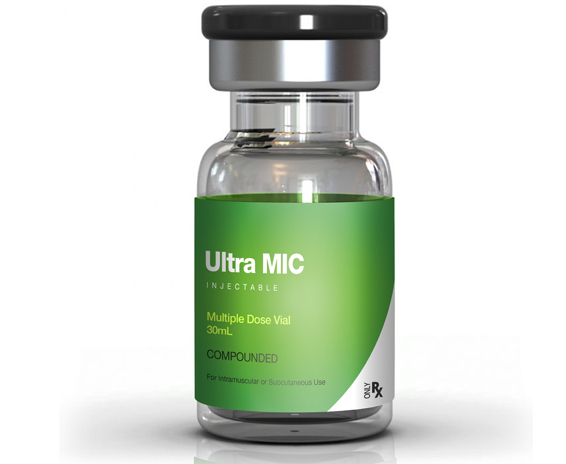Methionine is a sulfur-containing branched-chain amino acid. A precursor for cellular methylation reactions, methionine plays an important role in lipid metabolism, polyamine synthesis, immune function, heavy metal chelation, and maintenance of redox balance.Conversely, dietary methionine restriction in rodents increased energy expenditure, improved insulin resistance, and enhanced lipolysis and fatty acid oxidation in adipose tissue.
The lipotropic effects of methionine may be attributed to its metabolite S-adenosyl methionine (SAM). SAM is synthesized from methionine via an energy-consuming reaction. SAM administered orally or by injection has been investigated as a treatment for liver diseases, osteoarthritis, and depression. The benefits bestowed by SAM may be due to its role as a methyl donor in biochemical processes governing lipid homeostasis, DNA stability, gene expression, and neurotransmitter release.
Inositol is a family of cyclic sugar alcohols consisting of nine stereoisomers of hexahydroxycyclohexane. The stereoisomers of the inositol family are myo-, scyllo-, muco-, neo-, allo-, epi-, cis-, and the enantiomers L- and D-chiro-inositol. Of these, myo-inositol and D-chiro-inositol are among the most abundant biologically active forms. The enzyme epimerase converts myo-inositol to the D-chiro-inositol isomer, maintaining organ-specific ratios of the two isomers. Physiologically, the concentration of myo-inositol is several times higher than D-chiro-inositol in most tissues.
The myo-inositol derivative phosphatidylinositol is an important component of the lipid bilayer of cell membranes. Phosphatidylinositol and its phosphorylated forms act as second messengers that are involved in a host of cellular functions including membrane trafficking, autophagy, cell migration, and survival. Disruption of phosphoinositide lipid signaling is implicated in cancer, diabetes, and cardiovascular disorders.
Inositol has shown clinical benefits in treating disorders associated with metabolic syndrome. Inositol supplementation has been effectively used to accelerate weight loss, reduce fat mass, improve serum lipid profiles and upregulate the expression of genes involved in lipid metabolism and insulin sensitivity in women with polycystic ovarian syndrome. Myo-inositol alone or in combination with D-chiro-inositol significantly reduced weight, BMI, and waist-hip circumference ratios in overweight/obese women with PCOS. Weight loss, reduction in fat mass and increase in lean mass were accelerated when inositol supplementation was accompanied by a low-calorie diet. In addition, inositol supplementation was associated with lower rate of gestational diabetes and preterm delivery in pregnant women. Currently, research is being performed to assess whether inositol may be used in treating various cancers.
Choline is an essential nutrient required for optimal functioning of various tissues including the liver, muscles, and brain. Since choline breaks down fat as an energy source, choline supplementation caused rapid fat and weight loss in female athletes. Only small amounts of choline are synthesized by the human body, necessitating its intake from external sources. In the body, about 95% of the total choline pool is converted to phosphatidylcholine – an essential component of the phospholipid bilayer and the predominant phospholipid in most mammalian cells. Choline also undergoes acetylation to form the neurotransmitter acetylcholine. Choline deficiency causes hepatic steatosis (fatty liver disease) and leads to loss of muscle membrane integrity. Chronic choline deficiency may also increase the risk of developing cancer.
Both choline and methionine are a source of methyl groups for the one-carbon transmethylation pathway and serve hepato-protective functions. Culturing hepatocytes in choline and methionine-deficient media impaired VLDL secretion. In addition, choline can donate methyl groups to support methionine regeneration, possibly contributing to their synergistic lipotropic effects.

